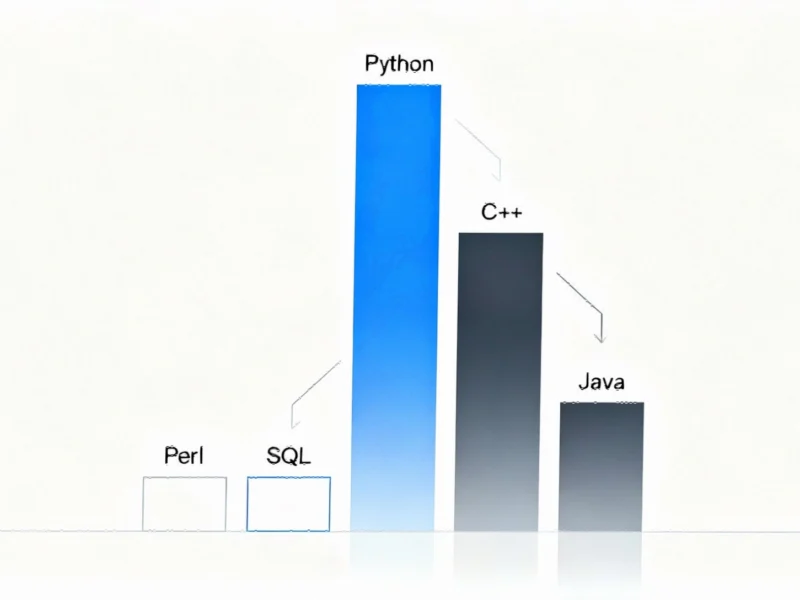According to dzone.com, a comprehensive five-part series on asynchronous communication in microservices explores the evolution from monolithic architectures to distributed systems, highlighting the critical role of message brokers like AWS SQS/SNS and Google Pub/Sub. The series, authored by an experienced practitioner who has worked with microservices for a decade, introduces frameworks including Hedwig for inter-service communication and Taskhawk for asynchronous task execution, both designed to work with major cloud platforms. The content covers fundamental concepts of synchronous versus asynchronous patterns, emphasizing how decoupling services through message brokers enables true service independence, improved resilience, and better scalability. The series promises deeper dives into messaging patterns, implementation considerations, and advanced topics including migration strategies and ordering guarantees.
Table of Contents
The Implementation Reality Gap
While the theoretical benefits of asynchronous communication are well-documented, the practical implementation presents challenges that many organizations underestimate. The shift from synchronous to asynchronous thinking requires more than just technical changes—it demands a fundamental rethinking of application architecture and operational practices. Teams accustomed to immediate feedback loops and straightforward debugging must adapt to distributed tracing, eventual consistency, and complex failure scenarios. The learning curve is steep, and organizations often discover that their existing monitoring, testing, and deployment practices are inadequate for distributed asynchronous systems.
The Hidden Costs of Message Brokers
Managed message brokers like AWS SQS and Google Pub/Sub eliminate infrastructure management overhead but introduce significant operational expenses that can surprise unprepared teams. Message volume, storage duration, and data transfer costs can scale unpredictably, particularly in event-heavy architectures. More importantly, the indirect costs of increased complexity in debugging, monitoring, and testing often exceed the direct cloud service charges. Organizations must budget for sophisticated observability tooling and develop expertise in distributed systems debugging—investments that are frequently overlooked during initial planning phases.
Framework Selection Strategy
The emergence of specialized frameworks like Hedwig and Taskhawk represents an important maturation of the microservices ecosystem, but framework selection requires careful consideration of long-term implications. While these tools abstract away complexity and enforce best practices, they also create vendor and architectural lock-in. Teams must evaluate whether framework benefits outweigh the reduced flexibility and potential migration challenges. The decision often hinges on organizational size, existing expertise, and the strategic importance of the messaging layer to the overall architecture.
The Consistency Conundrum
One of the most significant challenges in asynchronous microservices architectures is managing data consistency across service boundaries. The very asynchronous communication patterns that enable scalability and resilience also introduce eventual consistency, which can break business logic assumptions built around immediate data synchronization. Organizations must carefully analyze which operations require strong consistency and implement appropriate patterns like sagas or compensating transactions. This architectural decision has profound implications for user experience, data integrity, and system complexity.
Beyond Technology: Organizational Adaptation
The transition to asynchronous communication patterns requires more than technical implementation—it demands organizational change. Development teams must adopt new mental models for system design, operations teams need to master distributed systems monitoring, and business stakeholders must understand the implications of eventual consistency. The reduced coupling between services enables faster independent development, but it also requires clearer contracts and more disciplined change management. Successful organizations invest in training, documentation, and cross-team collaboration to ensure the entire organization evolves alongside the technical architecture.
The Next Evolution: Beyond Basic Messaging
As the industry matures, we’re seeing the evolution from basic message queuing toward sophisticated event-driven architectures that leverage the full potential of cloud platforms. The next frontier includes patterns like event sourcing, CQRS, and complex event processing, which build upon foundational asynchronous communication principles. Organizations that master basic asynchronous patterns today will be positioned to adopt these more advanced architectures tomorrow. However, each additional layer of complexity introduces new operational challenges and requires corresponding investments in tooling and expertise.



